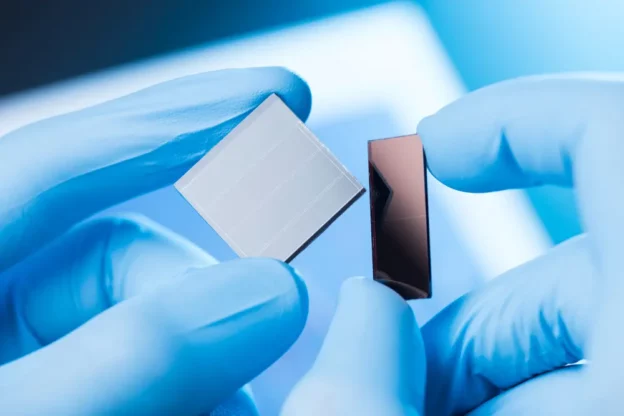Inspenet, November 1, 2023.
The Australian science agency CSIRO reported that its concentrated solar thermal research center in New South Wales has achieved significant progress within the framework of research focused on the potential of “descending ceramic particles” for the storage of solar energy in form of heat.
The solar technologies team led by Jin-Soo Kim has for the first time achieved a critical temperature of 803 °C in the receiver of descending ceramic particles by applying an innovative and novel approach.
” This is significant because it creates the opportunity for greater renewable energy storage when combined with our patented heat exchanger ,” Kim said. ” This technology is key to delivering low-cost renewable energy at scale for the decarbonisation of Australian heavy industry .”
CST technology for solar energy storage
The core of this innovative process is based on Concentrated Solar Thermal (CST) technology . The fundamental concept involves the use of mirrors to focus sunlight, converting it into heat that can later be stored or used to generate electricity .
Although CST is not a new idea, what is currently revolutionizing the scene are ceramic particles . These are extremely thin and have resistance to extremely high temperatures, which makes them the ideal choice for accumulating large amounts of heat.
These hot particles take on the function of a kind of battery, allowing the storage of energy in the form of heat for a period of up to 15 hours . As these particles cool, they release this pent-up energy. This approach has the potential to continuously supply power whenever it is needed, including at night and in situations of low solar and wind production.
Conventional CSTs face restrictions depending on the heat transfer fluids they use. Typically, these fluids, such as molten salt or high-temperature oil, have a maximum heat resistance capacity of approximately 600°C and 400°C, respectively.
However, the ceramic particles with which the scientific team works are capable of withstanding temperatures that exceed 1,000 °C . These particles not only absorb heat energy from the sun, but also store it, simplifying the system and leading to significant cost reduction.
As for the “downstream” part of this technique, it is based on the use of gravity to heat the tiny dark-colored ceramic particles. Each of these particles has a diameter of less than half a millimeter. The process involves dumping these particles from a hopper located at the top of a tower, where they are heated as they pass through the intensity of focused solar radiation. In short circuit situations, its temperature can rise rapidly from 500°C to 800°C, and with more advanced configurations, possibly even exceed 1,000°C.
Unlike conventional techniques, which rely on steel tubes, the particles descend freely, eliminating the heat restrictions associated with steel. Once heated, these particles are stored in a container. When required, they are used to generate steam for energy production or for other industrial applications.
The CSIRO experimental system consists of 400 mirrors, but on a full scale, it could involve more than 10,000 larger units. These facilities have the capacity to generate an amount of energy comparable to that of a 100 MW coal-fired power plant.
” The challenge is not so much to collect energy from the sun, but to convert it into heat safely and efficiently and store it for later use ,” explains researcher Wes Stein.
Do you want to stay informed? Don’t miss our daily news and follow us on social networks.
Inspenet: https://inspenet.com/
YouTube: https://www.youtube.com/@inspenet
LinkedIn: https://www.linkedin.com/company/inspenetnetwork
Facebook: https://www.facebook.com/inspenetnetwork
Instagram: https://www.instagram.com/inspenet/
Source: https://www.worldenergytrade.com/energias-alternativas/energia-solar/anuncian-un-gran-avance-en-el-almacenamiento-de-energia-solar-termica-concentrada-en-australia

